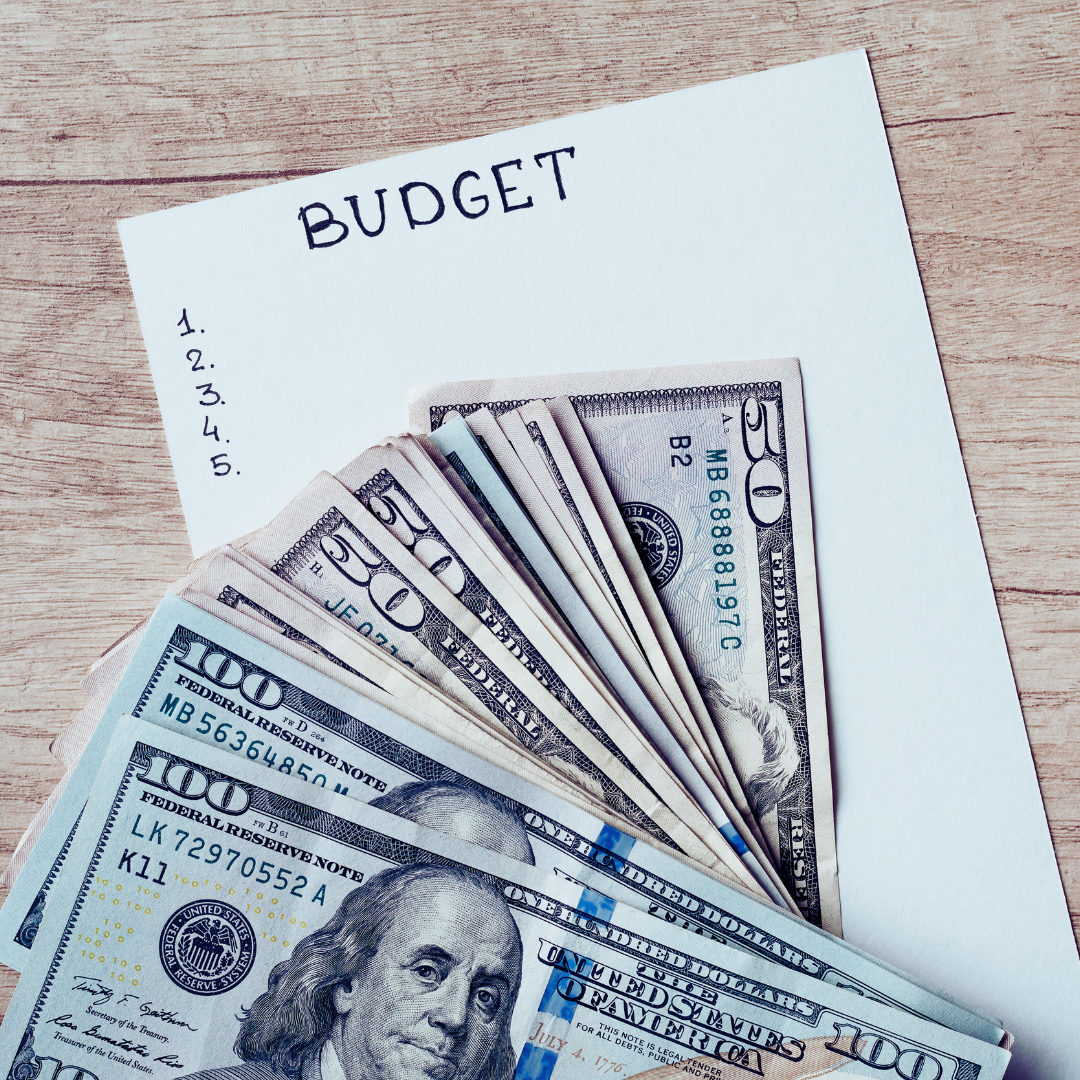If you’re looking for a way to save money for future expenses and avoid going into debt, you might want to consider setting up sinking funds. Sinking funds are separate savings accounts or envelopes where you put money aside for specific purposes, such as car repairs, vacations, or Christmas gifts. Unlike emergency funds, which are meant for unexpected and urgent situations, sinking funds are planned and intentional. They help you budget for things that you know are coming up, but might not have enough money for in your regular monthly income.
Why do you need sinking funds?
Sinking funds can help you achieve your financial goals and reduce stress. Here are some benefits of using sinking funds:
- You can avoid debt. By saving up for big expenses in advance, you won’t have to rely on credit cards or loans when they come up. This can save you money on interest and fees, and keep your credit score healthy.
- You can smooth out your cash flow. By spreading out the cost of irregular expenses over several months, you can avoid having to deal with huge spikes in your spending. This can make your budget more predictable and manageable.
- You can enjoy your money more. By saving up for things that you want or need, you can avoid feeling guilty or anxious when you spend them. You can also take advantage of discounts or deals when they are available, instead of waiting until the last minute.
How to set up sinking funds?
Setting up sinking funds is easy and flexible. You can use any method that works for you, such as:
- Opening separate savings accounts for each sinking fund. This can help you keep track of your progress and earn some interest on your money. You can use online banks or apps that allow you to create sub-accounts or labels for different purposes.
- Using cash envelopes for each sinking fund. This can help you control your spending and see how much money you have left. You can use physical envelopes or jars, or use digital tools that mimic the envelope system.
- Using a spreadsheet or a budgeting app for each sinking fund. This can help you plan and monitor your savings goals and adjust them as needed. You can use formulas or features that allow you to allocate a percentage or a fixed amount of your income to each sinking fund.
How much should you save in each sinking fund?
The amount that you need to save in each sinking fund depends on your personal situation and preferences. However, here are some general steps that you can follow to figure it out:
- Identify the expenses that you want to save for. Think about the things that you need or want to buy in the next year or so, such as car maintenance, travel, home improvement, etc.
- Estimate the cost of each expense. Do some research or use past records to find out how much each expense will cost you. Be realistic and include some buffer for unexpected costs or inflation.
- Divide the cost by the number of months until the expense. This will give you the monthly amount that you need to save for each sinking fund. For example, if you want to save $1,200 for a vacation in 12 months, you need to save $100 per month.
- Adjust your budget accordingly. Find ways to allocate the monthly amount to each sinking fund in your budget. You might need to cut back on some expenses or increase your income to make room for your savings goals.
What are some examples of sinking funds?
There are no rules or limits on what you can use sinking funds for. However, here are some common examples of sinking funds that you might want to consider:
- Car fund: This can cover expenses such as repairs, maintenance, insurance, registration, gas, etc.
- Vacation fund: This can cover expenses such as flights, hotels, food, activities, souvenirs, etc.
- Christmas fund: This can cover expenses such as gifts, decorations, food, travel, etc.
- Home fund: This can cover expenses such as repairs, maintenance, furniture, appliances, utilities, etc.
- Education fund: This can cover expenses such as tuition, books, supplies, fees, etc.
- Medical fund: This can cover expenses such as copays, deductibles, prescriptions, etc.
- Clothing fund: This can cover expenses such as new clothes, shoes, accessories, etc.
- Entertainment fund: This can cover expenses such as movies, concerts, games, hobbies, etc.
Sinking funds are a great way to save money and plan ahead for your future needs and wants. By using sinking funds, you can avoid debt, smooth out your cash flow, and enjoy your money more. Start setting up your sinking funds today and see how they can transform your finances and your life!
